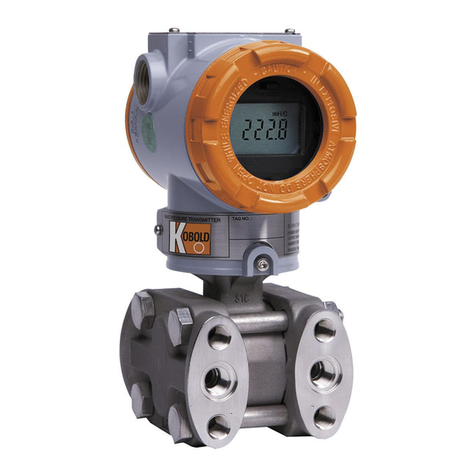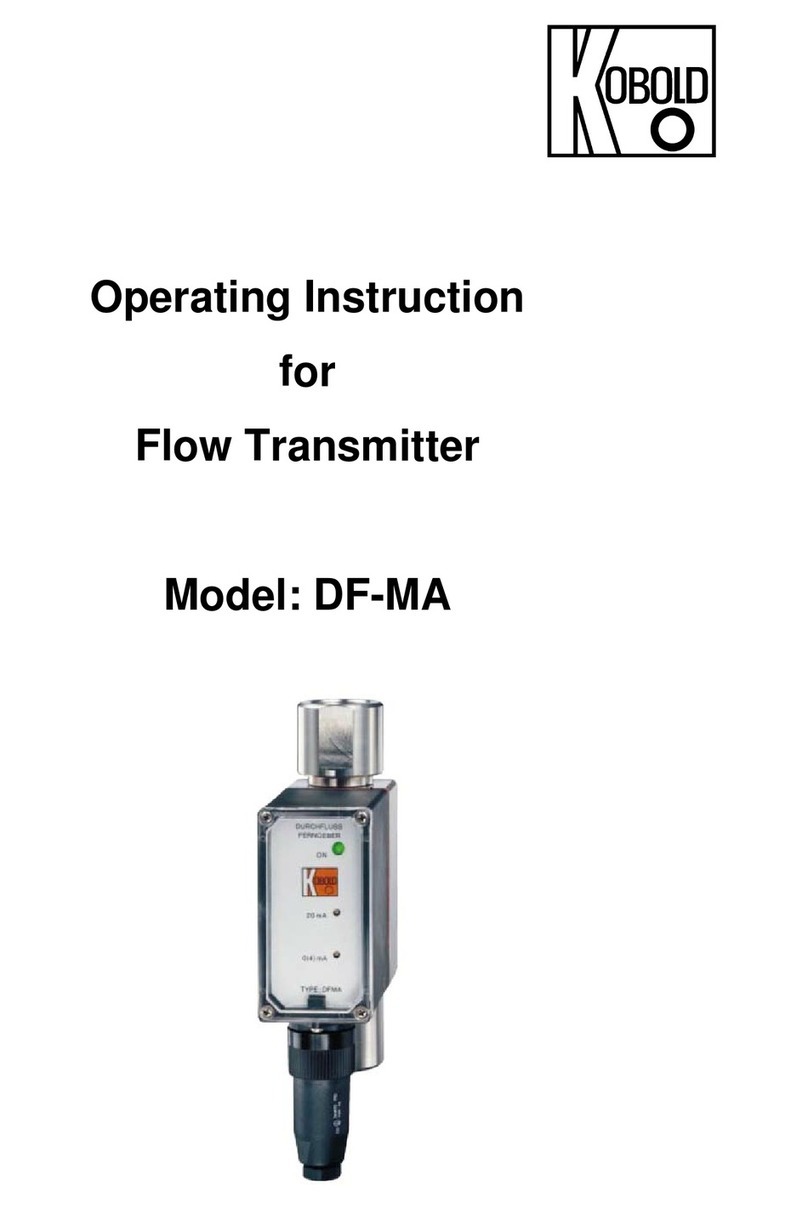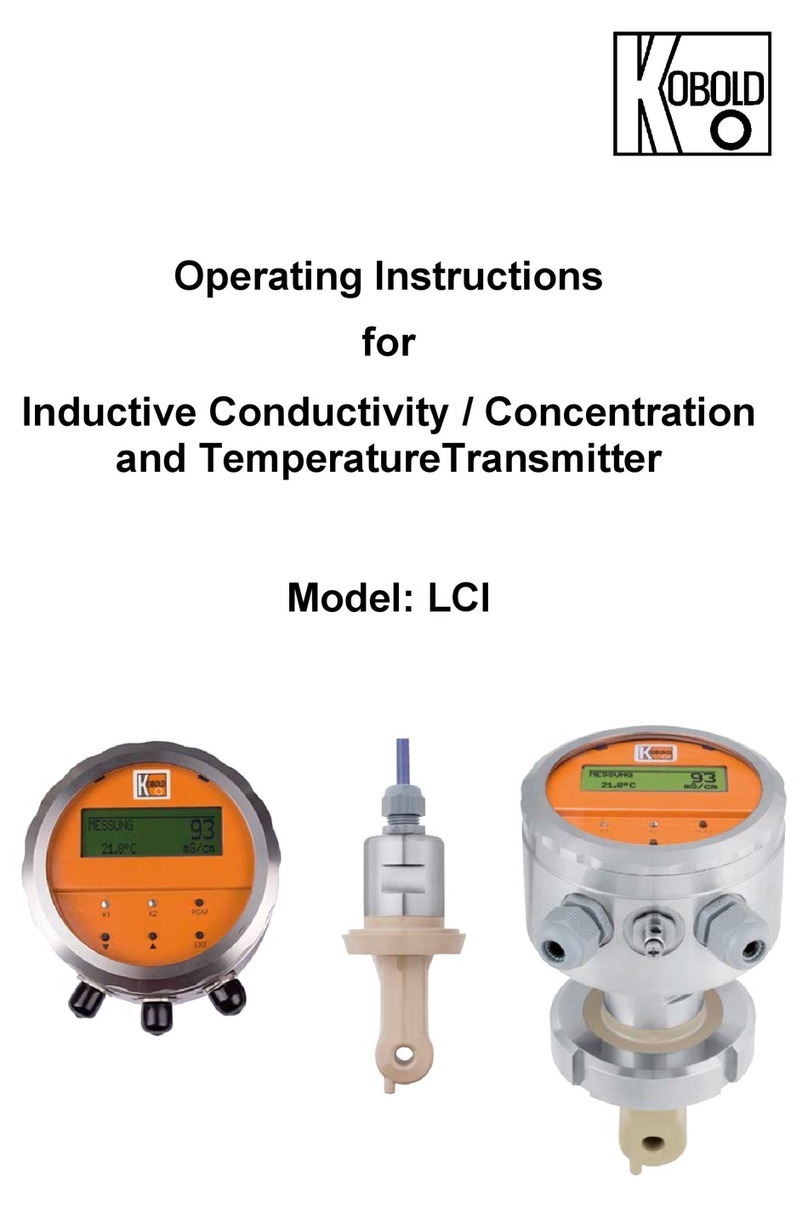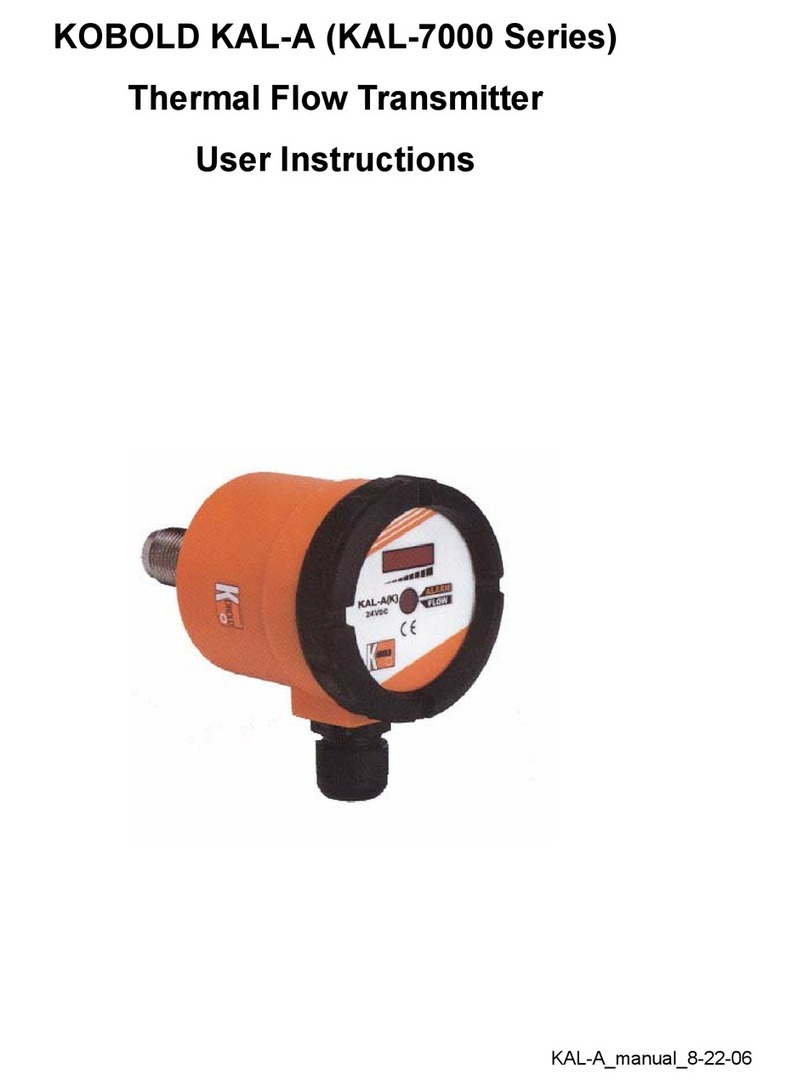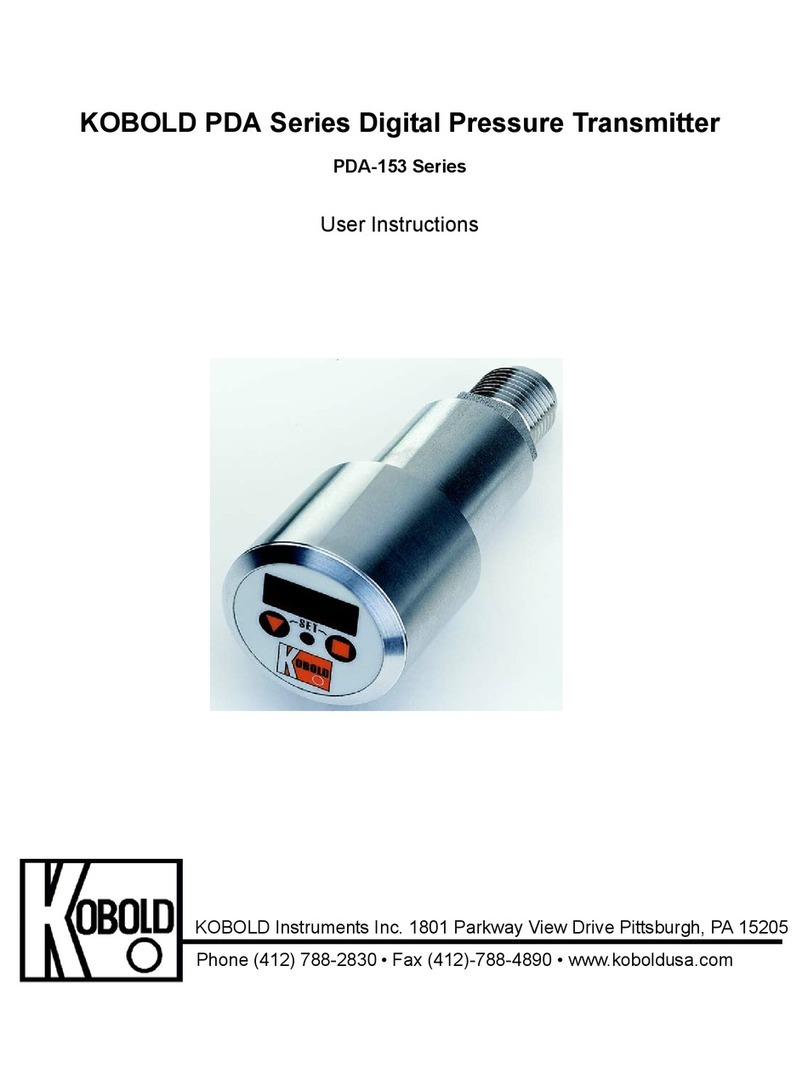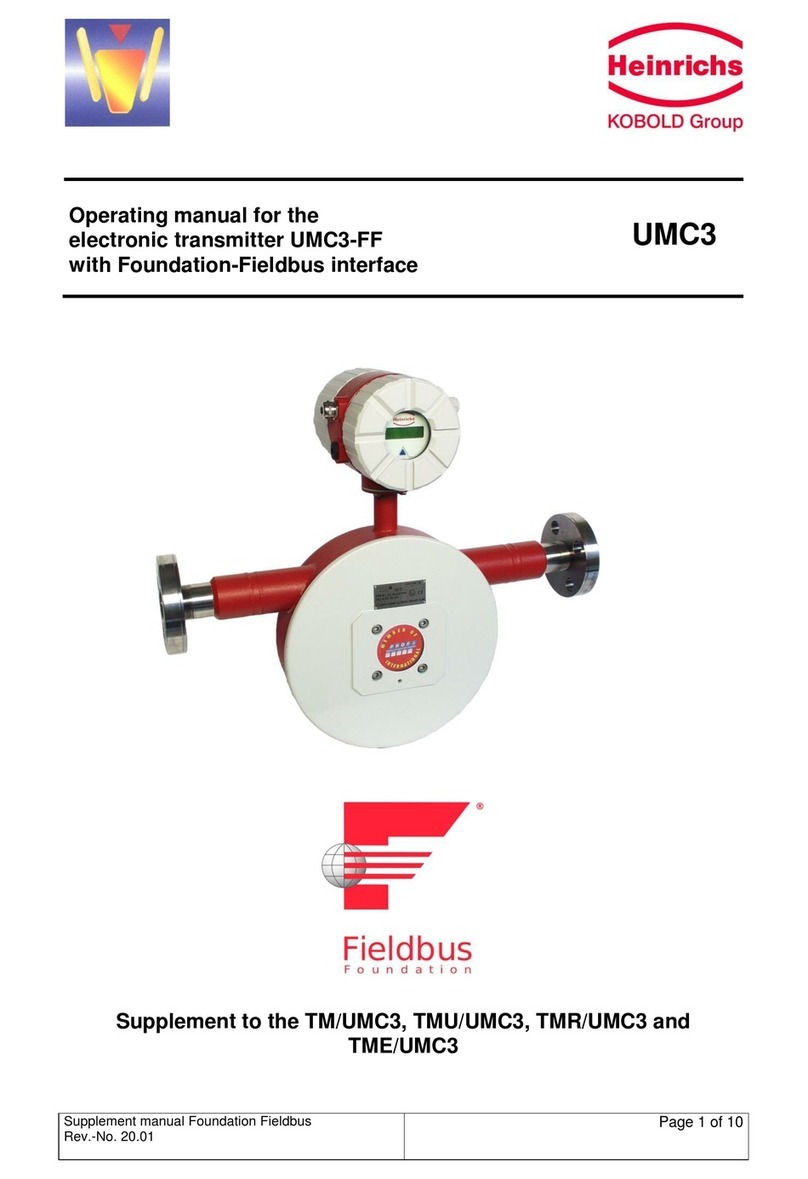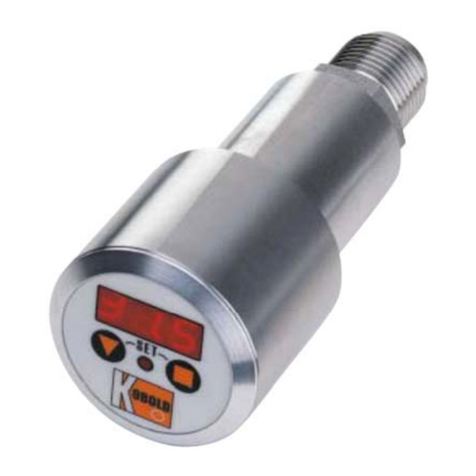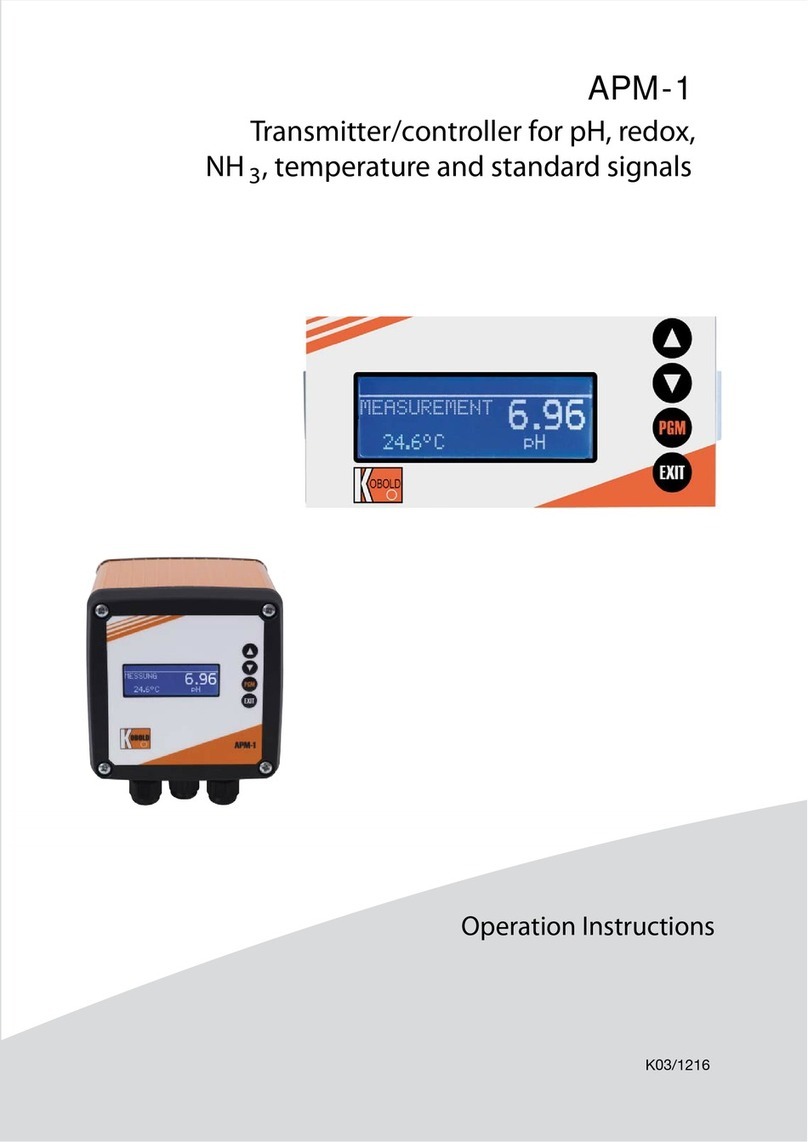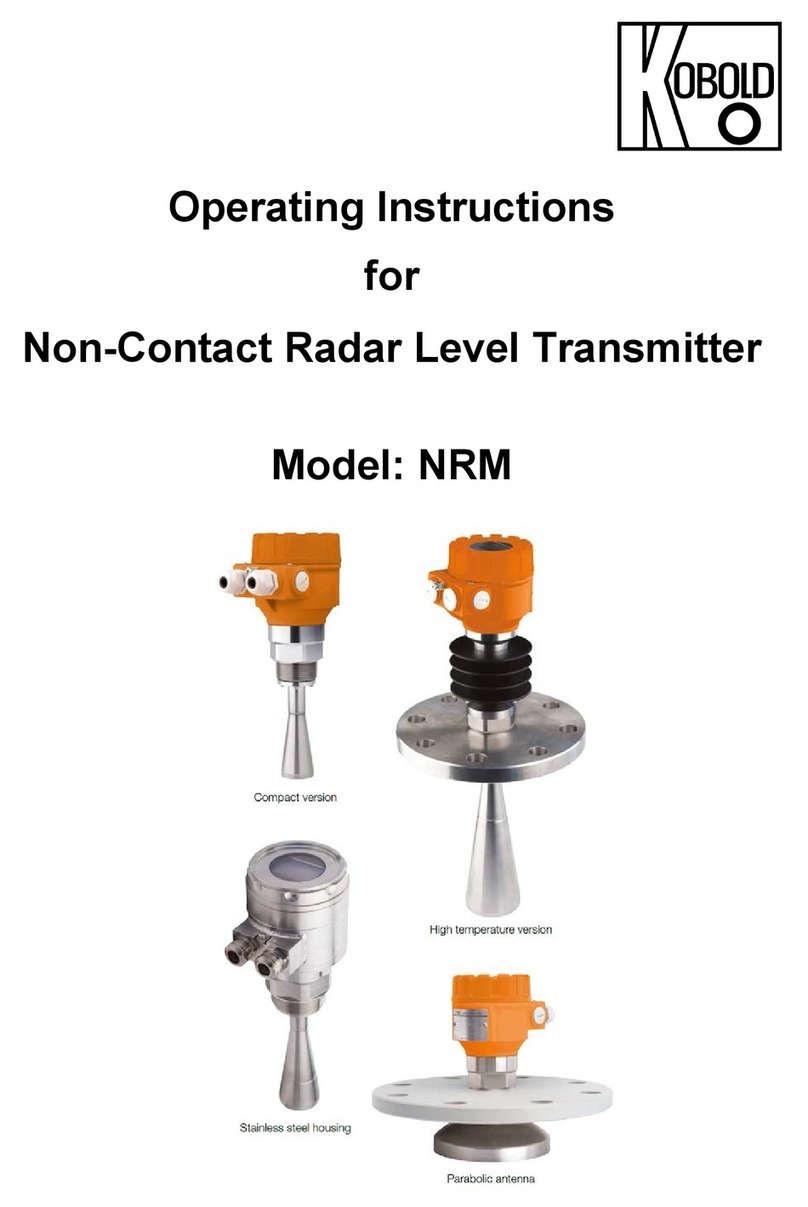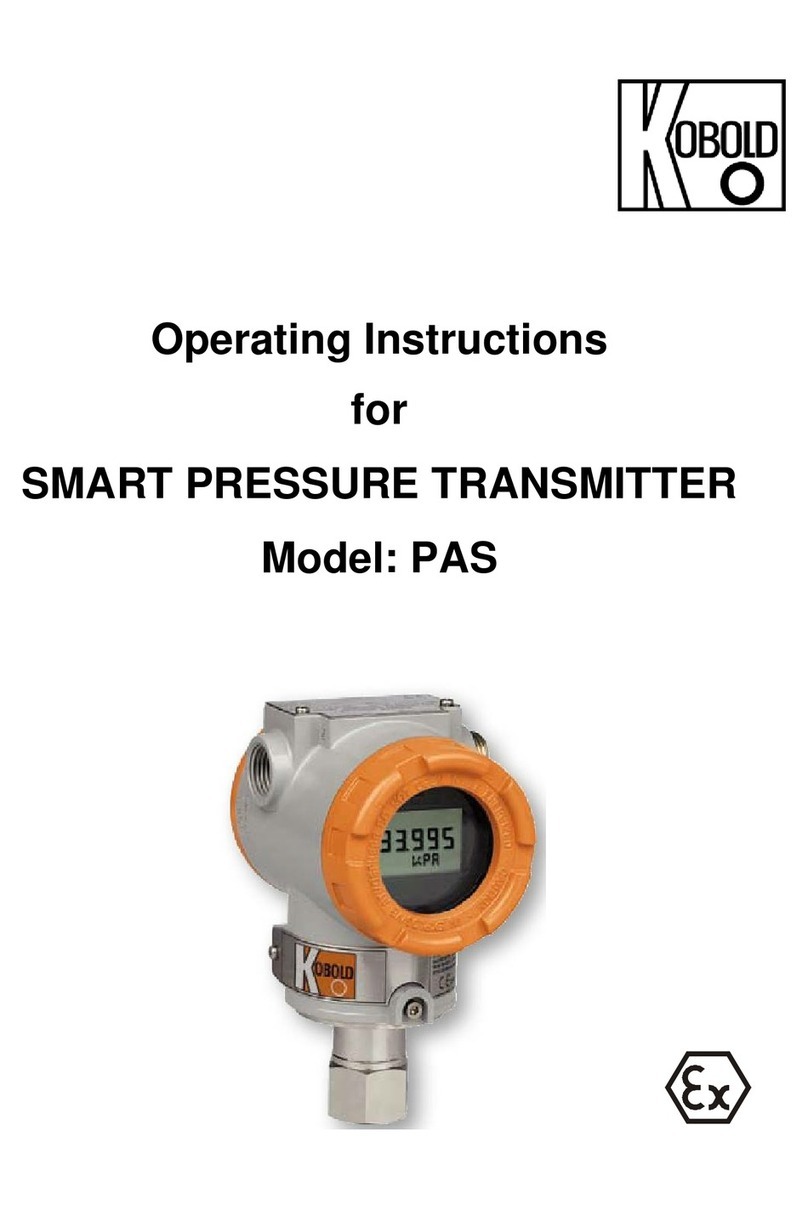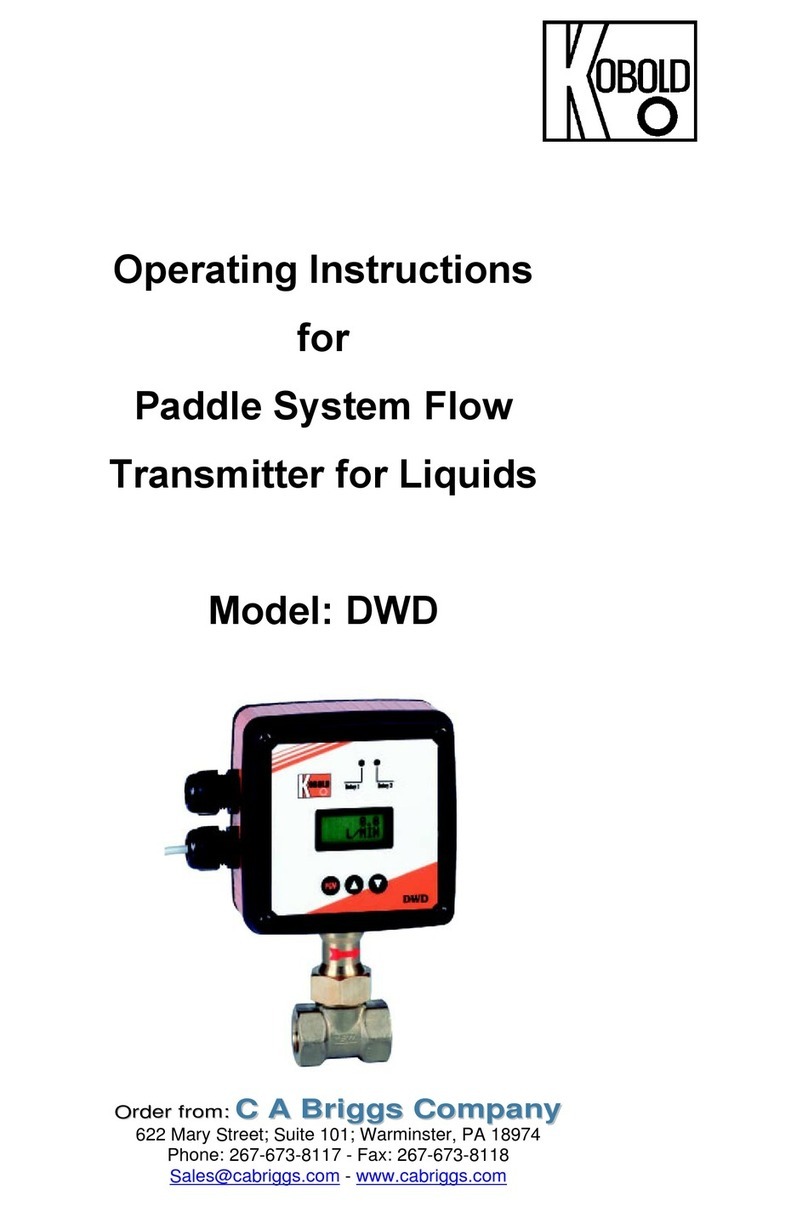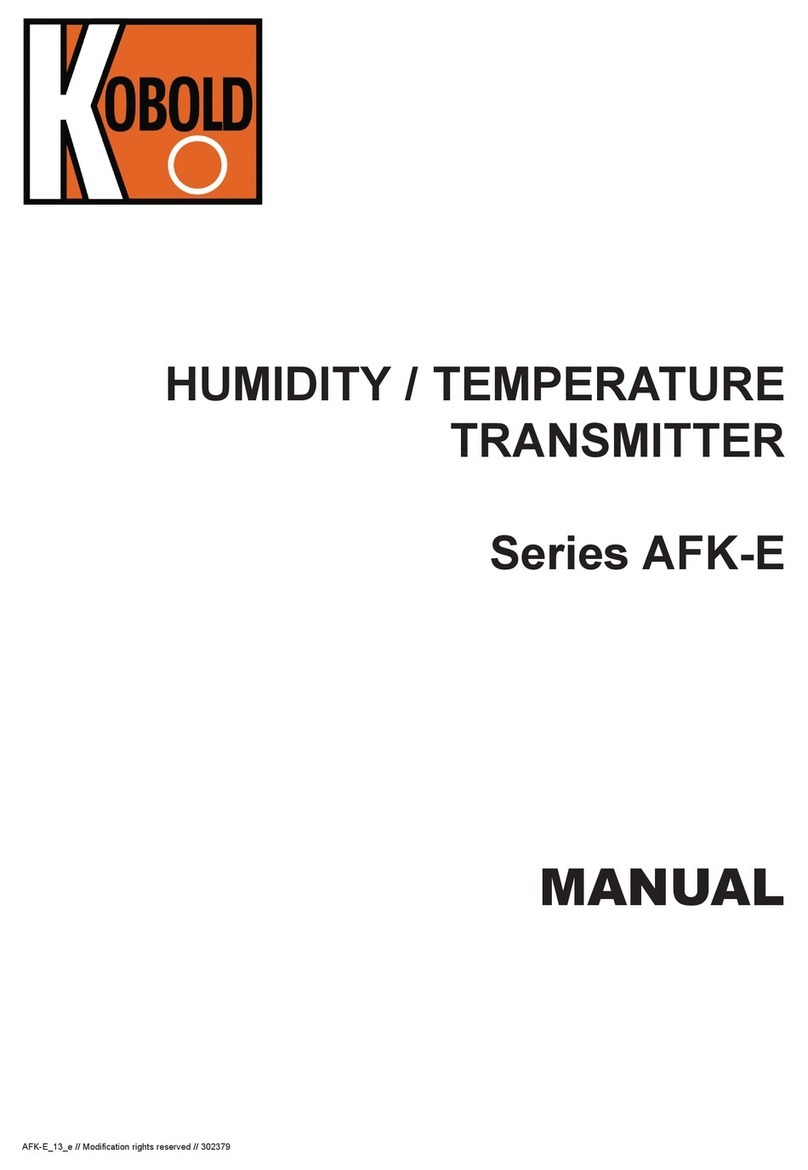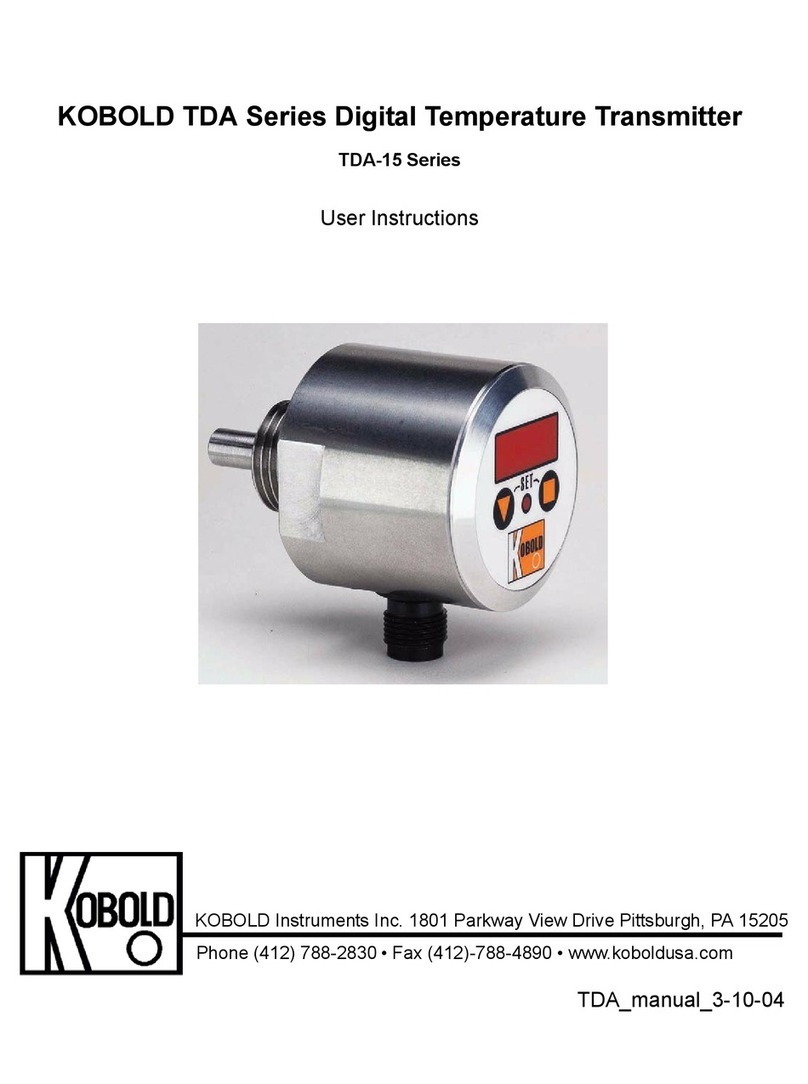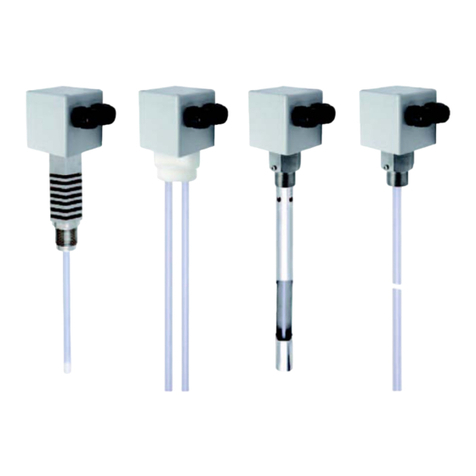
|2 NEO 01/0820 Rev A
Introduction / Table of Contents Step One
An ultrasonic sound wave is pulsed from the base of the transducer. The sound wave reflects against the
process medium below it. The sound wave energy is returned to the transducer. The microprocessor based
electronics measures the time of flight between the sound pulse generation and its receipt. This translates into
the distance or range between the transducer and process media below.
NEW FEATURES
Reflective Ultrasonic Technology
Simple configuration with push button or NEOCal software
Increased temperature range
Increased output filtering
TABLE OF CONTENTS
Introduction:..........................................................................................................................................................2
Specifications:...........................................................................................................................................4
Dimensions:...........................................................................................................................................5-6
Intrinsically Safe Control Drawing:............................................................................................................7
Reflective Technology:..............................................................................................................................8
About this manual:....................................................................................................................................9
Getting Started:...................................................................................................................................................10
Setup Overview:......................................................................................................................................10
Components:...........................................................................................................................................10
NEOCal Software vs. Display Configuration:..........................................................................................11
Understanding Sensor Height (Height):..................................................................................................12
Understanding Fill-Height (Fill-H):......................................................................................................13-14
Sensor Output to Local Display: .............................................................................................................15
Configuration (with NEOCal Software):..............................................................................................................16
Step 1 – Install NEOCal Software:..........................................................................................................16
NEOCal Software System Requirements:...................................................................................16
USB Fob Interface:......................................................................................................................17
Step 2 – Measure the Tank:....................................................................................................................18
Step 3 – Sensor Configuration:...............................................................................................................19
Step 4 – Dimensional Entry: ...................................................................................................................20
Step 5 – Tank Level Confirmation:..........................................................................................................21
Step 6 – Write to Unit:.............................................................................................................................21
Configuration(with Display):...............................................................................................................................22
Step1 – Measure Tank:...........................................................................................................................22
Step 2 – Setting the Units of Measurement:...........................................................................................23
Step 3 – Setting the Height:....................................................................................................................24
Step 4 – Setting the Fill-H:......................................................................................................................25
Step 5 – Setting the Fail-Safe Current Output:.......................................................................................26
Installation:..........................................................................................................................................................27
Mounting Guide:......................................................................................................................................27
Fitting Selection: ................................................................................................................................28-29

